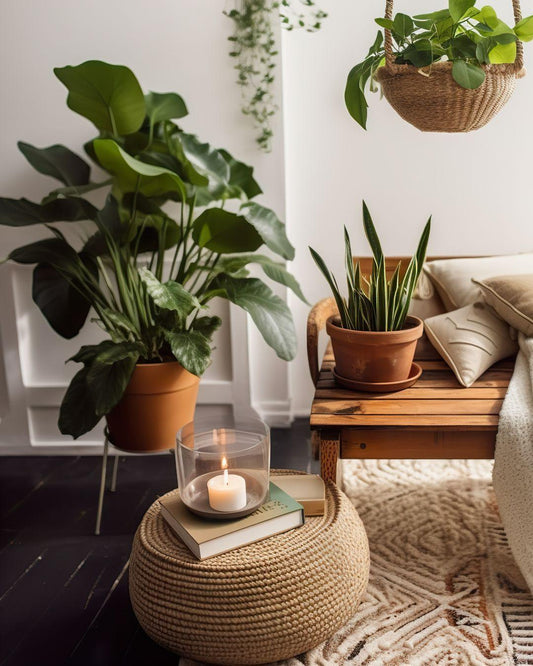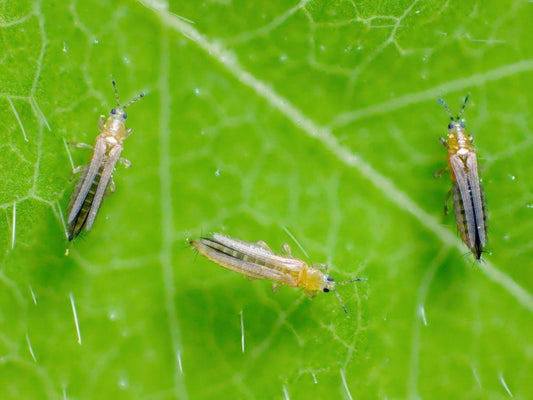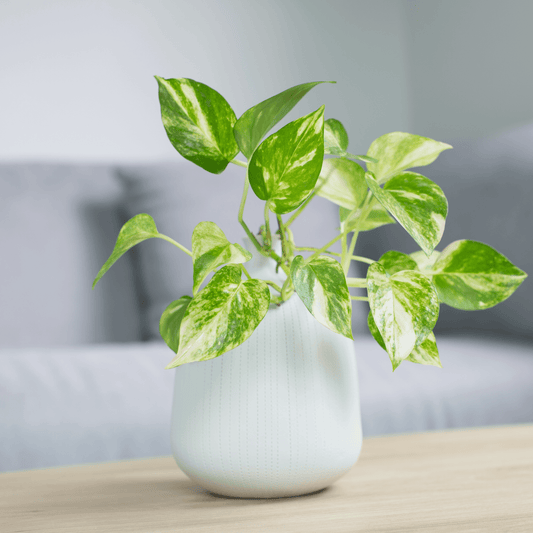Want to move your indoor plants outside this summer? 🌿☀️
Here are some essential tips!
First of all, consider that the needs change depending on the species of plants we have. The majority of succulents love to be in the sun when temperatures are hot (but not all), including other plants that are outdoor but that we may grow indoors.
Most of the plants we keep indoors, especially tropical plants, suffer and can die quickly with direct sunlight: they need shade, constant temperature and humidity. Therefore, it is not always a good idea to take them all outside.
Plants that need shade are primarily those whose original habitat is the rainforest (whether Asian, African or South American).
For example, we have: all varieties of Monstera, Calathea and Marantaceae in general, Philodendron, Anthurium, Spathiphyllum, then Dracaena, Zamioculcas, Orchids, some types of palms (Kentia, Chamaedorea, Areca, Licuala, Caryota) and so on.

I always recommend learning about the needs of each individual plant we have, both to decide how to place it outside and to take care of it in general in an adequate way, because each plant is different.
Plants that you could have at home but that tolerate the sun well are the more rustic palms (for example young Phoenix or Cycas), Yucca, cacti and some succulents (for example the jade tree, i.e. Crassula Ovata or Sansevieria), which appreciate a few hours of sun a day, if they are of adult size and preferably in the morning or late afternoon.
I remember that plants are living beings that adapt like us: if a plant, for example, lives outside all year round, in a pot or in the ground, where it is allowed, it is much more resistant and strong than the plants we keep inside. So the latter must be exposed very gradually to the open air to avoid sunburn or thermal shocks that can ruin or even (frequently) kill the plant.
If you are not an expert green thumb or do not have time to check your plants then, to be on the safe side, always prefer shade for moving them outside!
Basic instructions for bringing your plants outside:
Temperature: Make sure nighttime temperatures are always above 10-13 degrees to avoid thermal shock to the plants. The Italian summer climate can be changeable, so it is important to monitor the forecast.
Light: Outdoor sunlight is much more intense than that filtered through a window. Many tropical plants can burn easily. Start by placing your plants in a shaded area and gradually increase exposure to direct sunlight to avoid sunburn. Remember to keep tropical plants strictly in the shade!
Location: Tropical plants are best kept outdoors but covered, under a porch, covered terrace or carport. A good alternative is to place them under a dense canopy of trees or a pergola with plants such as wisteria. Make sure they are always in the shade, away from direct sun.
Humidity: In summer, the average humidity in Italy can vary, but tends to be around 40-60%. Tropical plants prefer higher humidity, so it may be helpful to mist them regularly or create a humid area such as a mini pond in a tub.
Additional tips:
Water: Outdoor plants may require more water due to increased light and heat: high temperatures dry the substrate faster but also the plant increases the process of photosynthesis with the increase in light absorbs a greater amount of water. Check the soil regularly to ensure it is moist but well drained, to avoid root rot to which all potted plants are at risk.
Protection: Due to the unpredictable weather despite the nice season, it is always better to keep the plants under a cover to protect them from sudden thunderstorms or hail or strong winds.
When you move your plants outside, the benefits include more natural light, wind which helps healthy plant growth, and rain, which is free water and helps clean leaves and nourish them! 🌧️✨
If you don't keep your plants exposed to rain, I recommend collecting it in a tray or a bin (you can do this all year round), to water them and to spray the foliage. Rainwater is generally free of limestone, chlorine and other harmful elements (hopefully) and also provides some nutrients to your plants, although in minimal quantities.
Find out more about how to care for your tropical plants by reading the other articles on my blog ! 🌱
Visit my online shop to explore the plants I produce and sell! 🌿
[Visit my shop www.violaplants.com ]
🌿 Join our green community! 🌿
Follow my social profiles to stay up to date on all the news, discover useful video tutorials, participate in special offers and immerse yourself in the wonderful world of plants and their care. Don't miss the opportunity to improve your gardening skills and connect with other enthusiasts!
🔗 [ Instagram ]
🔗 [ TikTok ]
🔗 [ Facebook ]
🔗 [ YouTube ]





